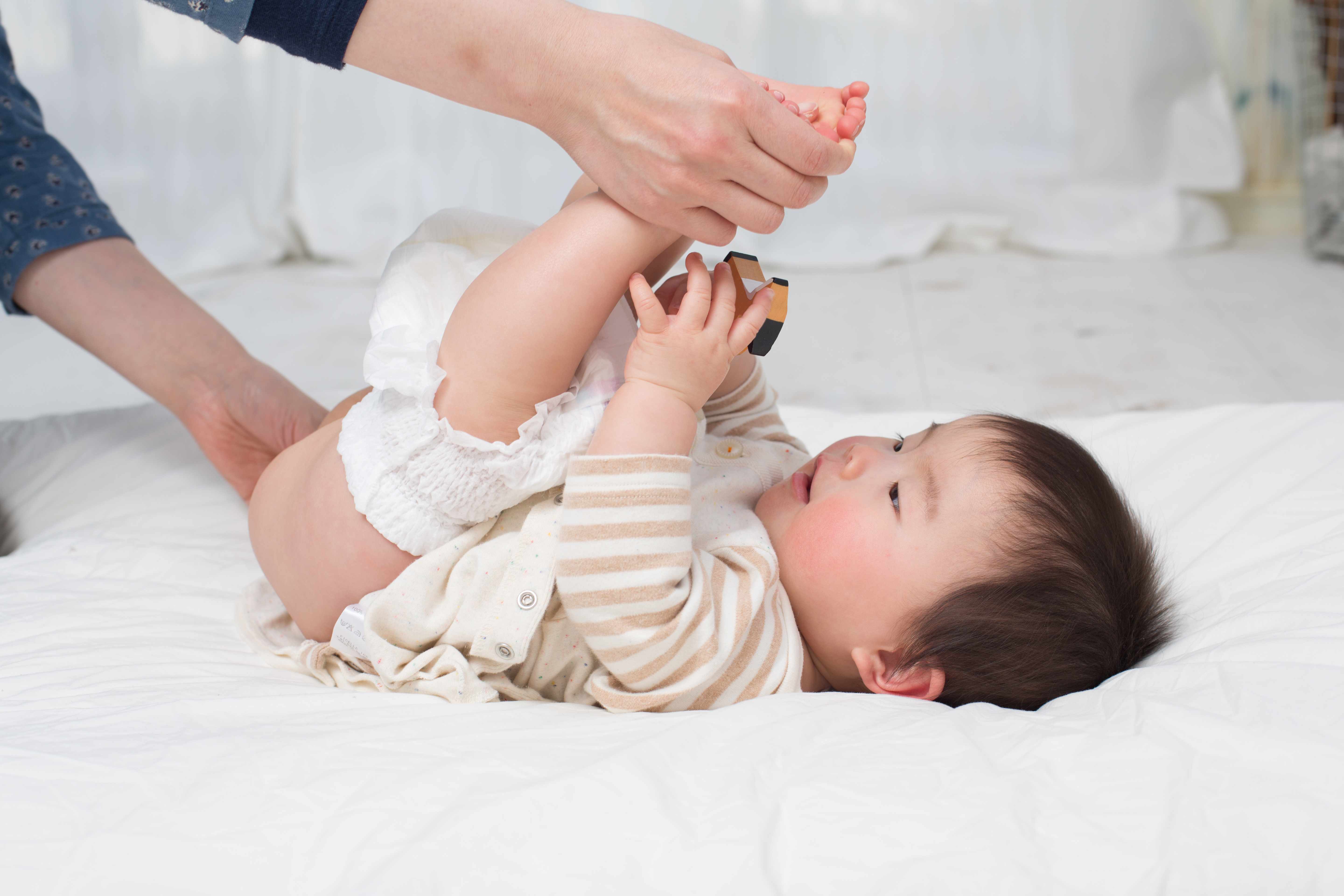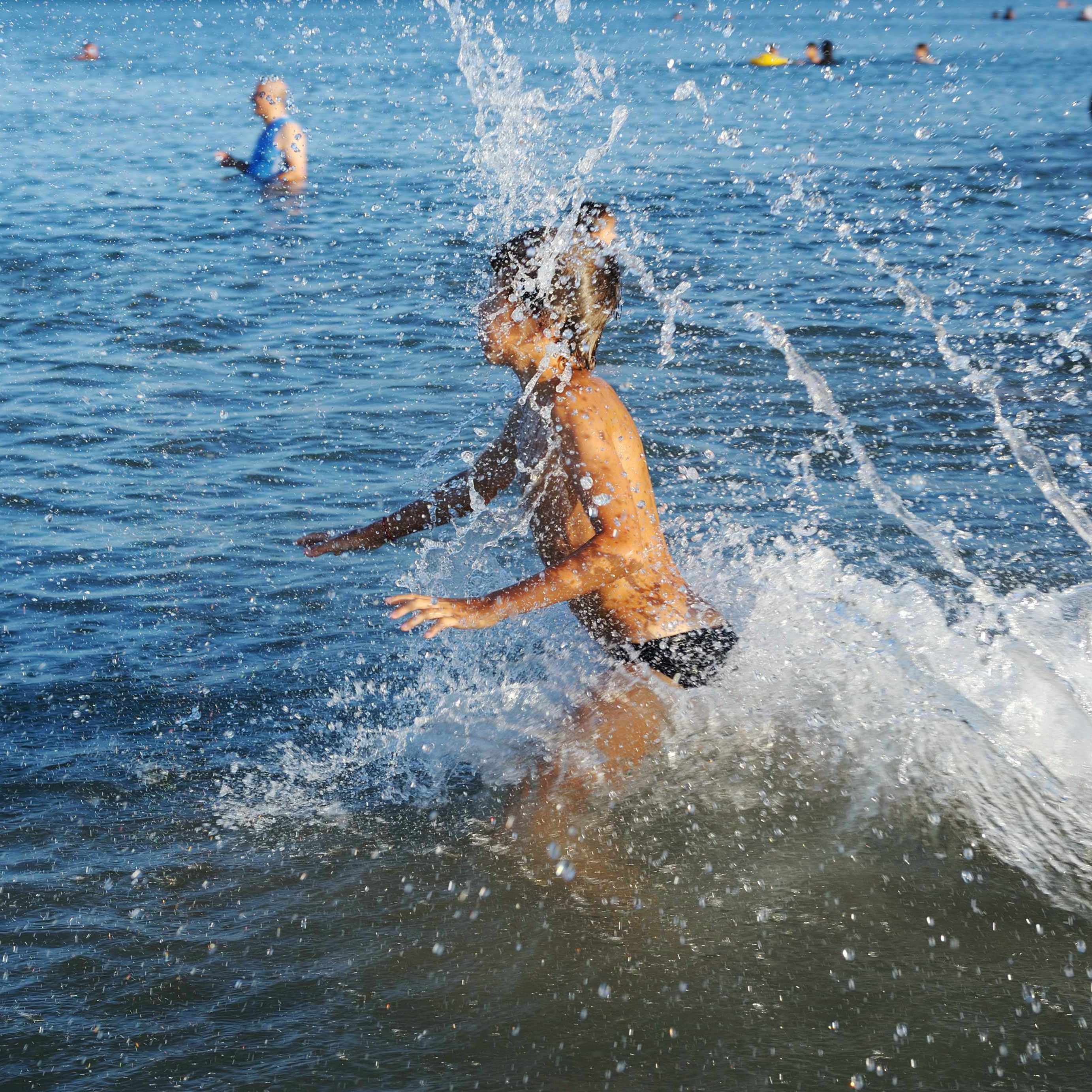-
How do I treat that darn diaper rash?

Diaper rash can alarm parents and annoy babies. The rash causes reddish, puffy, irritated skin in the diaper area. The rash generally is caused by a combination of moisture, acid in urine or stool, and chaffing of diaper fabric on your baby's skin.
Some babies also get a rash from the detergent used to launder cloth diapers, or from plastic pants, elastic, or certain types of disposable diapers and wipes. Sometimes a yeast infection may be the cause of a rash.
It usually clears up with simple at-home treatments, such as air drying, more frequent diaper changes and ointment. (Diaper rash usually affects babies, though anyone who wears a diaper regularly can develop the condition.)
Symptoms:
- Skin signs. Diaper rash is marked by red, tender-looking skin in the diaper region — buttocks, thighs and genitals.
- Changes in your baby's disposition. You may notice your baby seems more uncomfortable than usual, especially during diaper changes. A baby with a diaper rash often fusses or cries when the diaper area is washed or touched.
Generally, diaper rash can be treated at home with these practices:
- Keeping diaper area clean and dry. The best way to keep your baby's diaper area clean and dry is by changing diapers immediately after they are wet or soiled. Until the rash is better, this may mean getting up during the night to change the diaper.After you've gently cleaned and dried the skin, apply a cream, paste or ointment. Certain products, such as zinc oxide and petroleum jelly, work well to protect the skin from moisture. Don't try to scrub off this protective layer completely at the next diaper change, as that could hurt the skin more. If you do want to remove it, try using mineral oil on a cotton ball.
- Increasing airflow. To aid the healing of diaper rash, do what you can to increase air exposure to the diaper region. These tips may help:
- Air out your baby's skin by letting him or her go without a diaper and ointment for short periods of time, perhaps three times a day for 10 minutes each time, such as during naps.
- Avoid airtight plastic pants and diaper covers.
- Use diapers that are larger than usual until the rash goes away.
- Applying ointment, paste, cream or lotion. Various diaper rash medications are available without a prescription. Talk to your doctor or pharmacist for specific recommendations. Some popular over-the-counter products include A + D, Balmex, Desitin, Triple Paste and Lotrimin (for yeast infections).Zinc oxide is the active ingredient in many diaper rash products. They are usually applied to the rash throughout the day to soothe and protect your baby's skin. It doesn't take much – a thin covering will do. The product can be applied over medicated creams, such as an antifungal or a steroid, when necessary. You could also apply petroleum jelly on top, which helps keep the diaper from sticking to the cream.Ointments, pastes or creams may be less irritating than lotions. But ointments and pastes create a barrier over the skin and don't allow it to receive air. Creams dry on the skin and allow air through. Talk with your doctor about what type of product would be better for your child's rash.As a general rule, stick with products designed for babies. Avoid items containing baking soda, boric acid, camphor, phenol, benzocaine, diphenhydramine, or salicylates. These ingredients can be toxic for babies.
- Bathing daily. Until the rash clears up, give your baby a bath each day. Use warm water with mild, fragrance-free soap.
The following alternative treatments have worked for some people:
- Witch hazel (winter bloom), a flowering plant. A study showed that applying an ointment made with witch hazel to diaper rash helped. The study included 309 children.
- Human breast milk. Results are mixed on whether human breast milk applied to diaper rash is better than other treatments. One study showed that applying breast milk to diaper rash is an effective and safe treatment. Infants with diaper rash were treated with either 1 percent hydrocortisone ointment or breast milk. The study included 141 infants. Treatment with breast milk was as effective as the ointment alone.Another study compared human breast milk with a cream made from zinc oxide and cod liver oil. Newborns with diaper rash were treated with the cream or the breast milk. The study included 63 newborns. Treatment with the cream was more effective.
- Calendula and aloe vera. A study comparing aloe vera and calendula in the treatment of diaper rash in children found each to be an effective treatment of diaper rash.
- Shampoo clay (bentonite). A study showed that shampoo clay was effective in healing diaper rash and that it worked faster than calendula. The study included 60 infants.
- Other substances. Other natural remedies have been tried, including evening primrose and a mixture of honey, olive oil, and beeswax. Further study is needed to prove their effectiveness for treating diaper rash. Some of these substances may promote bacterial growth.
When to see a doctor:
- Is severe or unusual
- Gets worse despite home treatment
- Bleeds, itches or oozes
- Causes burning or pain with urination or a bowel movement
- Is accompanied by a fever
If your baby's skin doesn't improve after a few days of home treatment, talk with your doctor. Sometimes, you'll need a prescription medication to treat diaper rash.
This article is written by Mayo Clinic Staff and can be found with other health and medical information on mayoclinic.org.
Related Articles







